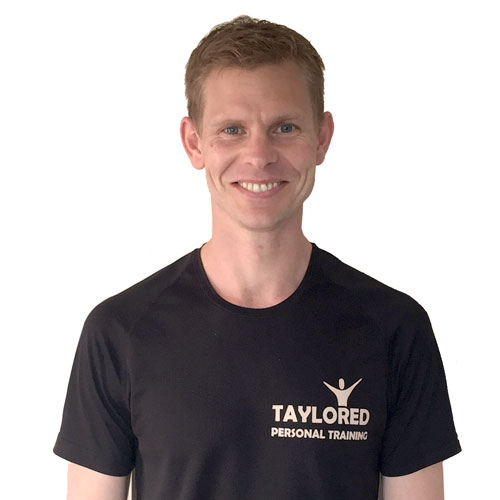Goal setting 5 simple steps SMART
The acronym SMART is a great model to develop, assess and achieve your goals.
S – specific
M – measurable
A – achievable
R – realistic
T – timescales
Specific: Be very clear what you want to achieve. Long-term goals are the end result and are more often realised if short-term goals are set along the way. Short-term goals are much easier to focus on as they can be achieved in a short period of time. E.g. if it’s a physical one and you aim to loose weight ask yourself the question how much weight you’d like to loose. Not “l want to loose some weight”. Or to run a set distance in a given time e.g. 10km in 60 mins. Not “to run faster”. Write down your short and long term goals.
Measurable: After setting short and long term goals it’s important to measure the success of them. To name a few, distance, speed and time are all measurable. Weight, dress size, jean size, shirt size, body mass index and body fat % are all measurable. “Getting fitter”, “looking good” or “running faster” are not measurable, they are subjective judgments.
Achievable: Whatever your goal is it must be obtainable. It would be a waste of your time striving for an unachievable goal and far better to choose a demanding goal that is actually achievable. For example running a marathon with no specific time limit is achievable for most people. Running a marathon in under one hour is probably impossible for any human being, ever! Or, for example, you need to lose 10kg (22lbs) to achieve your target weight and you want to lose it all in one week then this would be dangerous and life threatening. You would expect to loose weight at a rate of 1kg per week, therefore it will take 10 weeks to lose 10kg and reach your target weight.
Realistic: Having agreed the long-term and short-term goals are achievable, one must ensure that the goal is realistic. Be realistic about what you can achieve depending upon available time to train, occupation, family and other commitments. A realistic goal is one that will push you and require you to develop beyond your current level but without demanding that you are superman or superwoman. For example achieving a marathon time of 4.5hrs might be realistic for one person (who currently has a 5hr marathon time) but unrealistic for another person (who can only run 5 miles).
Timescales: An effective goal should be accompanied by a realistic timescale that will keep you focused on your training, allowing you to gradually improve and develop but which should be achievable within a realistic amount of time. The average person for example could probably train and successfully complete a marathon or squat there own body weight. Taking 4 years to get to the point where you could run a marathon or squat your own bodyweight would be fairly ridiculous under normal circumstances. I’d expect you to achieve much more with 4 years of training under your belt.
It is important to realise that all the above factors are dependant upon the individual in question, no two people are exactly the same, and so goals have to be based upon an individual’s circumstances and attributes.
Have a go defining your next goal using the above 5 steps SMART.


